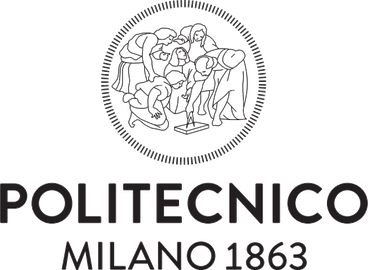Politecnico di Milano: CONTROLLING THE PRESENCE OF MICROORGANISMS IN DRINKING WATER WELLS
Resource efficient drinking water production is one of the challenges of the future, especially in areas seeing increasing water scarcity, like the Mediterranean. A joint study by the researchers at the Politecnico di Milano and the Technical University in Berlin (TUB) has highlighted the potential of induced bank filtration, a method for providing drinking water already adopted in several countries worldwide, with notable examples in central and southern Europe, the United States and parts of Africa.
For drinking water production by induced bank filtration, the extraction wells are located close to rivers or lakes. These wells mainly yield so-called bank filtrate, namely the water that flows from the surface water body to the well, which is naturally purified by the underground migration.
The Polimi-TUB study, recently published in the international magazine Water Resources Research, aims to increase our knowledge about these processes and improve the predictive abilities of the models that explain the transport of microorganisms, including contaminating viruses and bacteria, with the aim of making this filtration method safer for humans.
Funded by the Deutsche Bundesstiftung Umwelt (German Federal Environmental Foundation) and headed by Prof. Irina Engelhardt, professor at the Technical University in Berlin, the project also saw participation by Prof. Alberto Guadagnini and Prof. Monica Riva from the Department of Civil and Environmental Engineering at the Politecnico di Milano.
Analysis of the interconnected river-ground-groundwater system requires the combined input of knowledge about the processes that govern its evolution and their representation in mathematical models together with interpretation through reliable data acquired in the field. Quantification of the uncertainties associated with all these aspects with a view to their translation into risk thresholds linked to the presence of contaminants is a distinguishing element of this study that makes it transferrable to a modern context of water resource management

